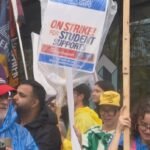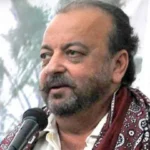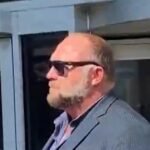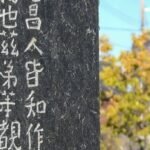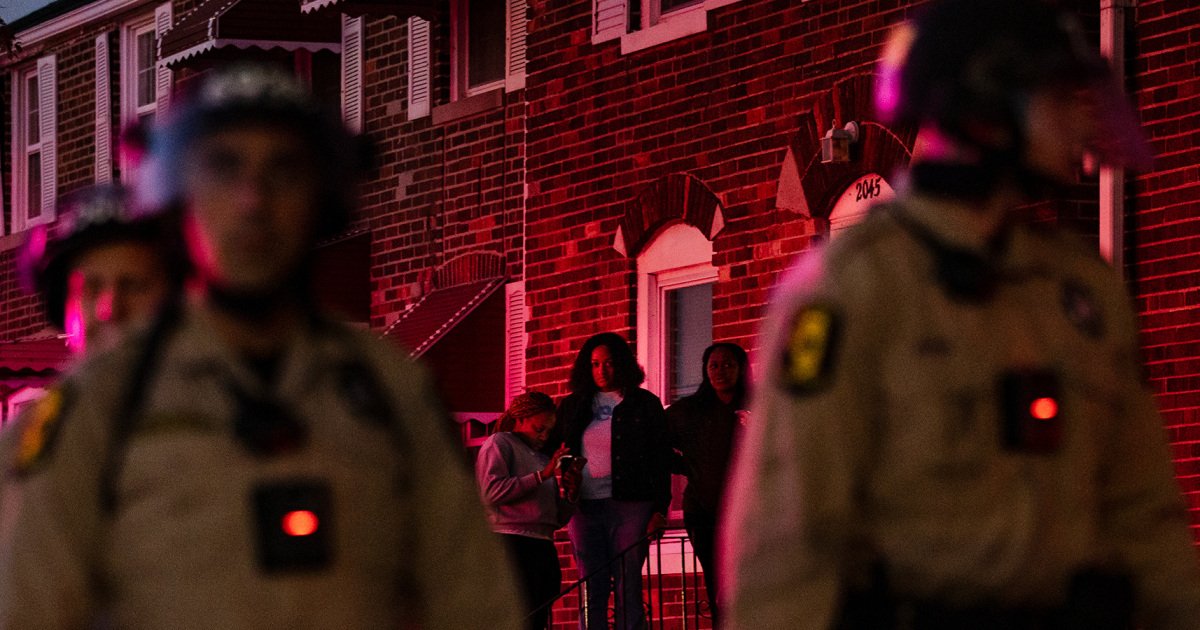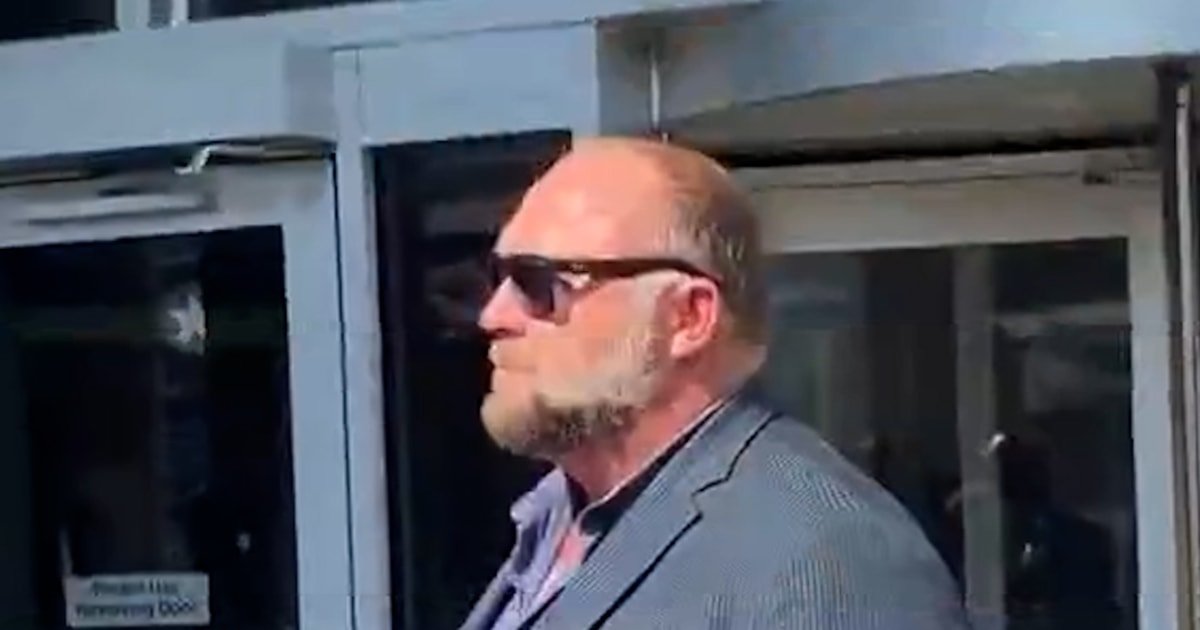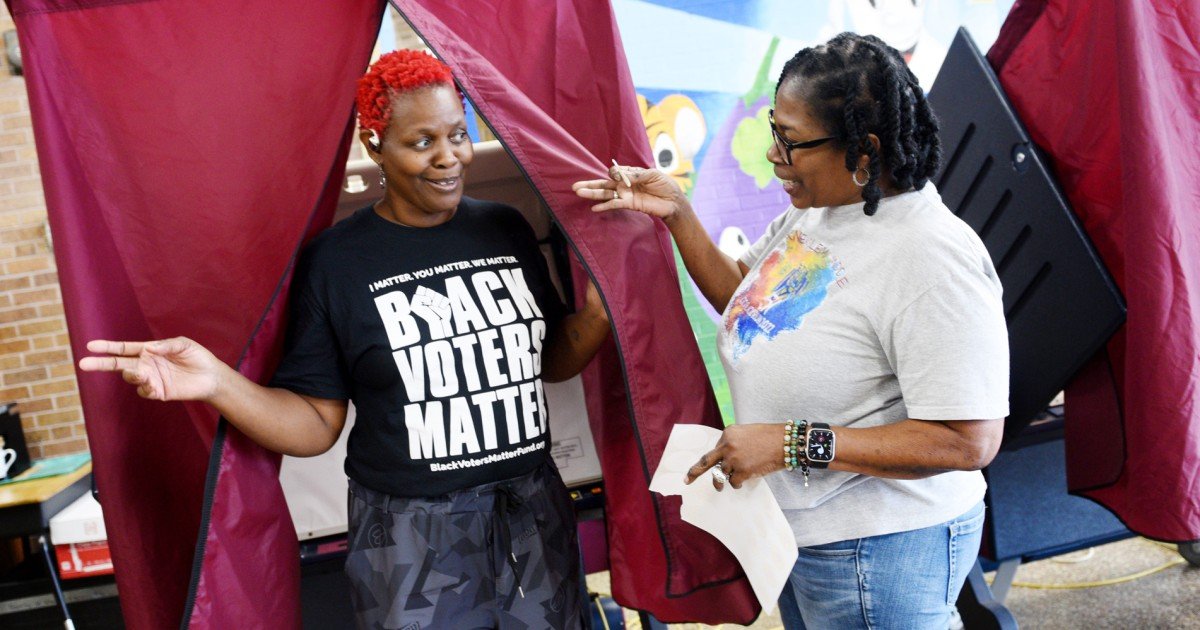Before this, Broadview, a town of 8,000 residents that stretches for just over 2 miles, was virtually incognito. Its quiet streets, where some residents say they don’t even lock their car doors, have attracted a diverse mix of middle- and working-class families, including Hispanics, blacks and whites. Now, after the Department of Homeland Security launched Operation Midway Blitz, an intensive series of immigrant arrests ordered by President Donald Trump, this Chicago suburb has been dramatically transformed. in the hot center of the resistance.
In recent weeks, it has attracted DHS Secretary Kristi Noem, Border Patrol Commander Gregory Bovino, the state’s two U.S. senators, both Democrats, Dick Durbin and Tammy Duckworth, and a host of congressional hopefuls, including one who said she was thrown to the ground by an ICE agent.
Helicopters hover constantly overhead and demonstrations often force traffic to stop or slow down on major roads. Out-of-towners crowd the street parking and leave their cars there all day. The echoes of those shouting through megaphones can be heard by those mowing their yards or working outside on their cars. Violent clashes have led to plumes of tear gas that send children and parents running indoors even a few blocks away. On Saturday night, more than a week ago, a group of protesters blocked a nearby highway.
That’s when Mayor Katrina Thompson issued an executive order: Protesters could only demonstrate from 9 a.m. to 6 p.m.
“It’s just a disruption to people’s lives. We deserve a quality of life. This is our quality of life. Our people need peace after working all day. They need to be able to rest at night,” Thompson told NBC News. “We have families that have children with developmental disabilities. The emotional stress that they have to endure, because of the helicopters, the lights blaring from our public safety teams, whether it’s firefighters or police.”
Thompson said the ICE facility, which was intended to function only as a processing center, has been hidden in the same area of the industrial park for decades. It was difficult to find any residents or business owners who knew it existed before the recent protests.
Thompson blamed federal authorities for the escalation of fighting. He said when protesters showed up about a month ago, they were peaceful. First Amendment groups have accused federal authorities of carrying out excessive tactics, including firing tear gas and pepper balls at protesters and the media. A federal judge in Chicago ruled that federal authorities could not employ such tactics unless they were under serious threat.
Thompson said there was some irony in the Trump administration announcing a Middle East peace deal even as fighting in his own country has accelerated.
“I heard about the peace position in Gaza: we don’t even have peace in our own nation. The hypocrisy is very evident,” he said. “How can you go and say peace somewhere else and you can’t say peace in America?”
DHS and ICE did not respond to a request for comment. Skirmishes and arrests persisted last weekend, prompting the mayor to announce Monday that the town would further limit the area designated for protests.
For Nash, Friday’s scene was far from the worst. On weekends before, he saw an armored truck patrolling the area, as well as a mass of federal agents.
“It looked like an army. Like an army,” he said.

